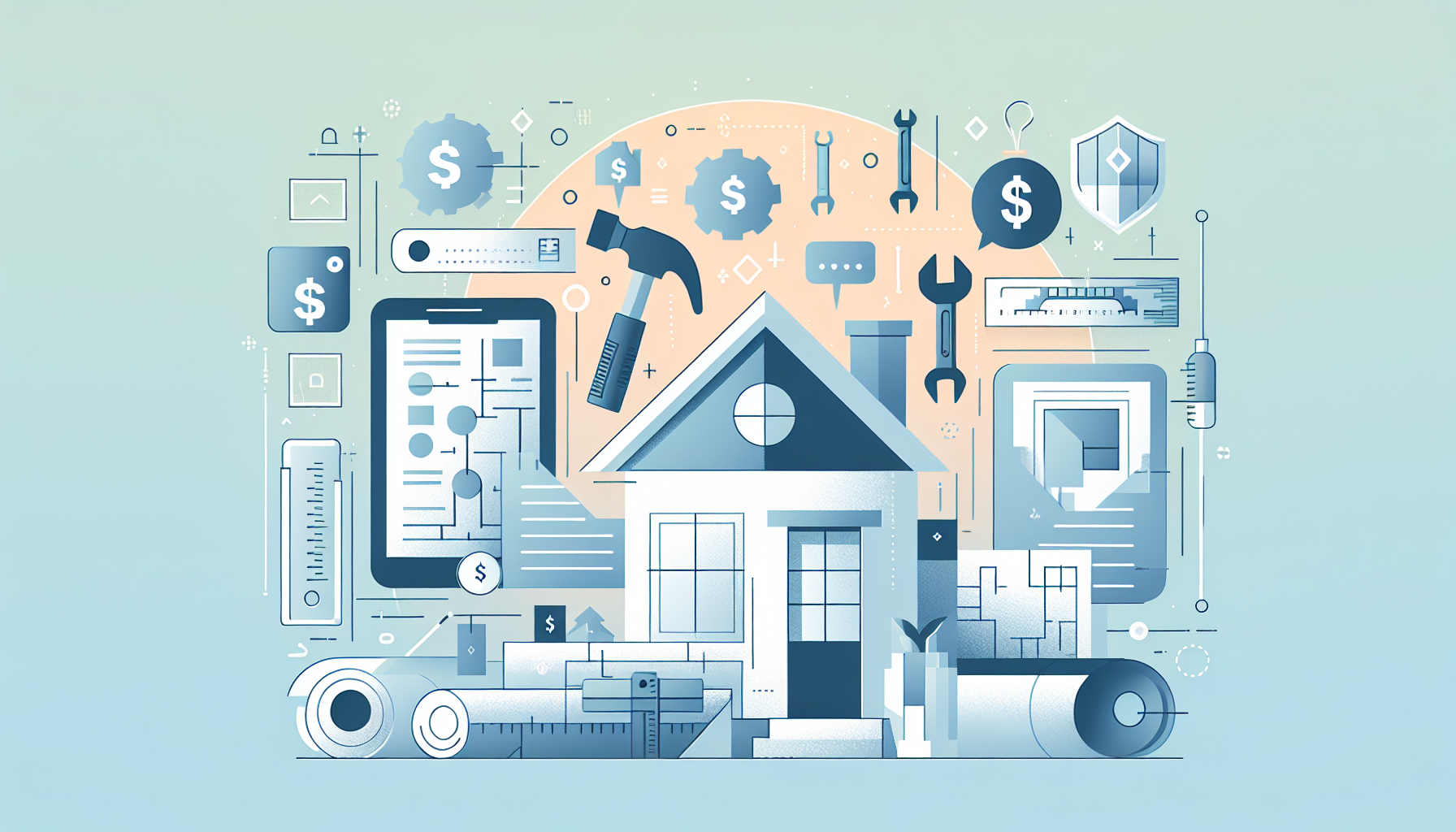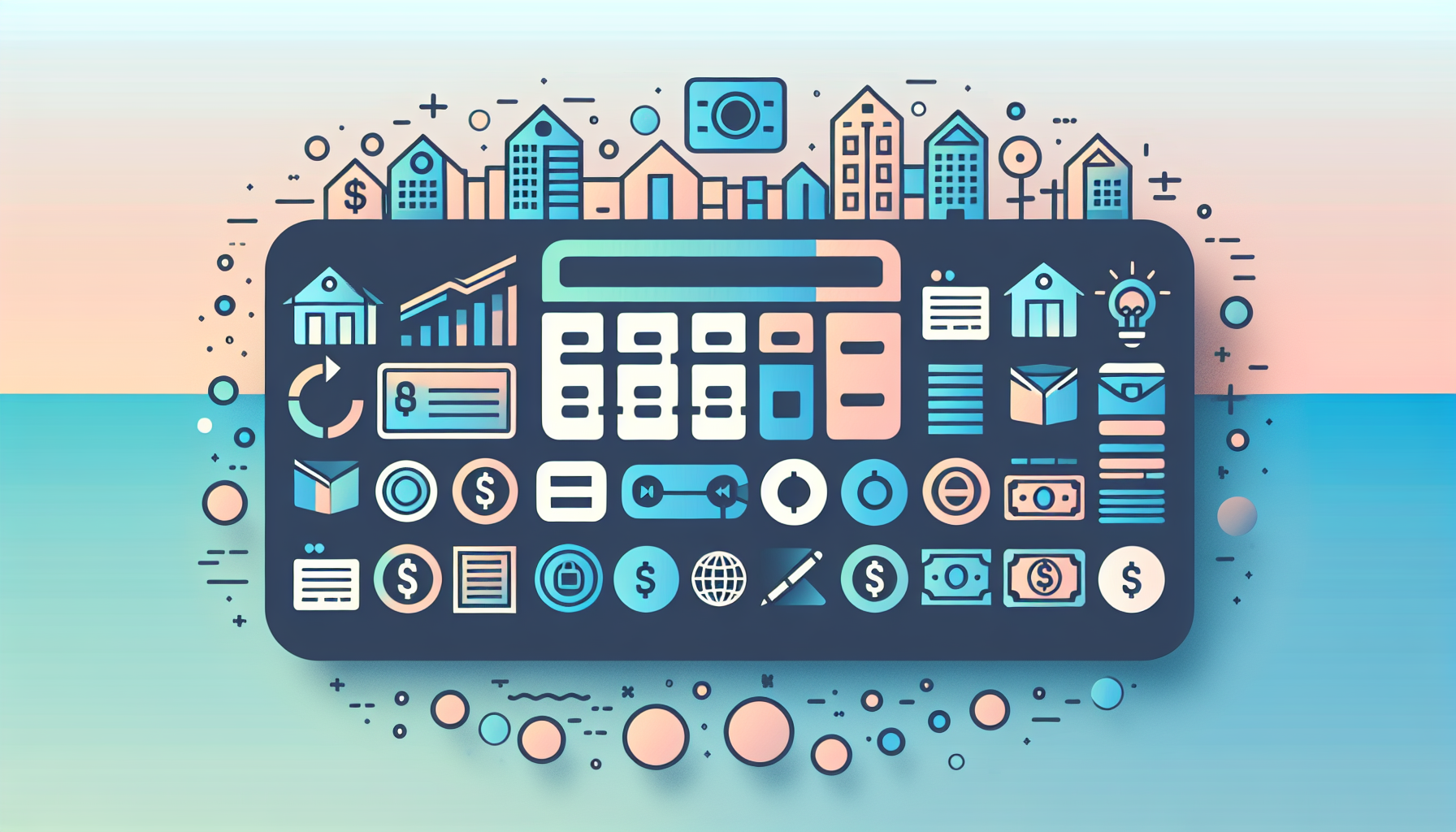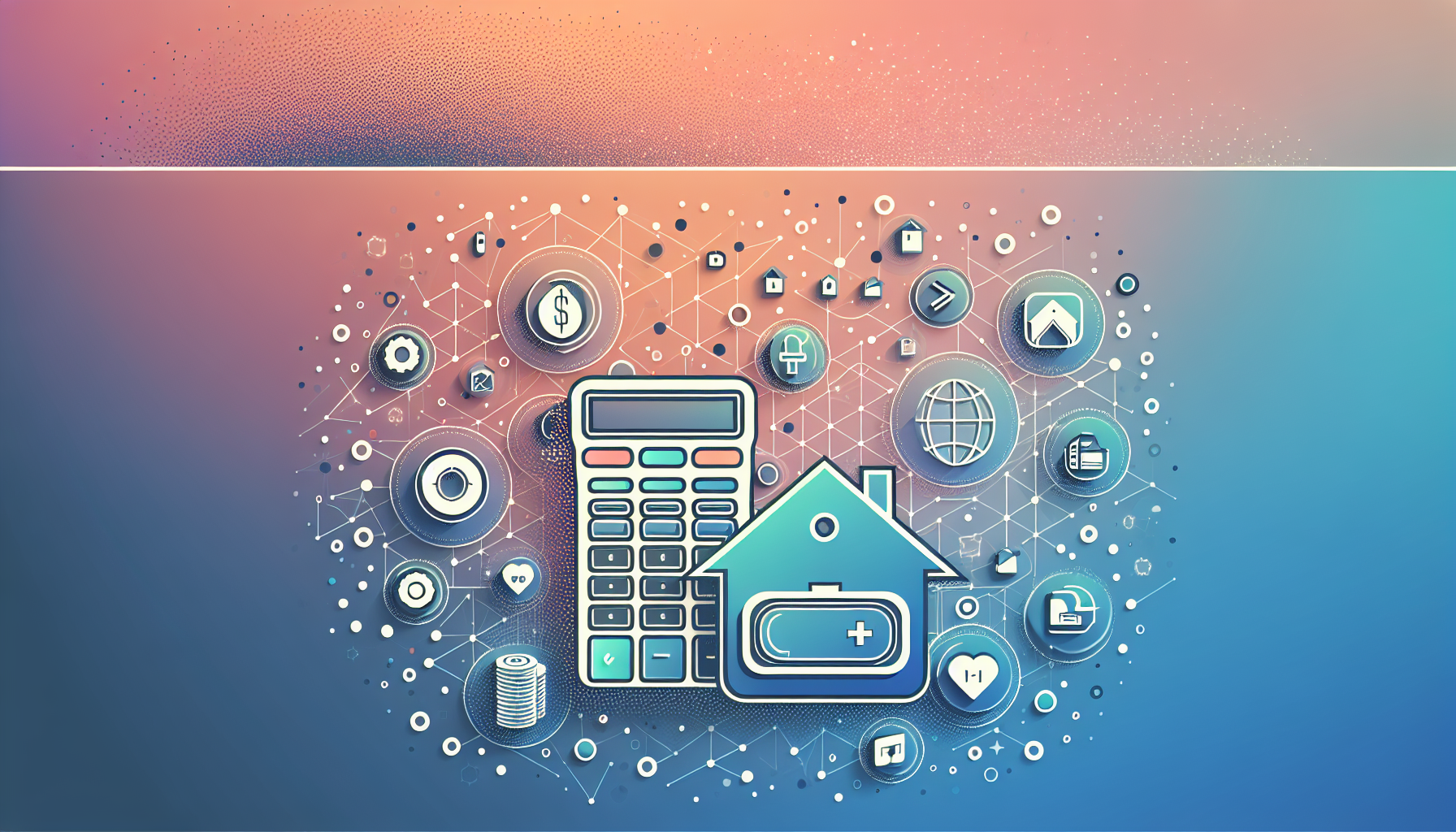How to Finance a Fixer-Upper Home

Purchasing a fixer-upper home can be an exciting and rewarding experience, offering the opportunity to transform a property into your dream home while potentially saving money compared to buying a move-in-ready house. However, financing such a project requires careful planning and understanding of the various renovation loans available. In this guide, we'll explore the most popular options for financing a fixer-upper, including the 203(k) rehab mortgage and other home improvement financing solutions.
Understanding Fixer-Upper Loans
Fixer-upper loans are specialized mortgages designed to cover both the purchase price of a home and the cost of renovations. These loans allow borrowers to finance their project with a single mortgage, simplifying the process and reducing the need for multiple loans or refinancing.
Types of Fixer-Upper Loans
- FHA 203(k) Loans: These government-backed loans are ideal for buyers who want to purchase a home that needs significant repairs. The FHA 203(k) loan combines the purchase price with renovation costs into one mortgage, requiring a down payment as low as 3.5% and a credit score of 580 or higher. There are two types of FHA 203(k) loans: the Limited 203(k) for minor repairs up to $35,000 and the Standard 203(k) for more extensive projects involving structural changes or major upgrades.
- Fannie Mae HomeStyle Loans: These conventional loans allow borrowers to finance up to 50% of the total renovation costs based on the projected value of the property after renovations. They require a credit score of 680 or higher and a minimum down payment of 3% for first-time homebuyers. HomeStyle loans are versatile, allowing DIY work on non-safety-critical tasks.
- Freddie Mac CHOICERenovation Loans: Similar to HomeStyle loans, these conventional mortgages offer flexibility with a minimum down payment of 3% and a credit score requirement of 620. They are particularly useful for projects focused on disaster resilience.
- VA Renovation Loans: Available to eligible veterans, these loans offer zero down payment options and low mortgage rates. However, they are limited to primary residences and require a VA-approved contractor for renovations.
- USDA Renovation Loans: These loans are designed for rural areas, offering no down payment and flexible terms for primary residences only.
Planning Your Fixer-Upper Project
Before applying for a renovation loan, it's crucial to plan your project thoroughly:
Steps to Secure Financing
- Get Preapproved: Start by getting preapproved for a mortgage to understand your budget and demonstrate your commitment to sellers.
- Home Inspection: Conduct a thorough home inspection to identify potential issues and estimate repair costs.
- Contractor Estimates: Obtain detailed estimates from licensed contractors to ensure accurate budgeting.
- Renovation Plan: Develop a comprehensive renovation plan, including timelines and contractor information, as required by most loan programs.
- Loan Selection: Choose the most suitable loan option based on your needs and financial situation.
Managing Renovation Costs
Renovation projects often come with unexpected expenses. Here are some tips to manage costs effectively:
- Budgeting: Create a detailed budget that includes materials, labor, and contingency funds for unforeseen expenses.
- Phased Disbursement: Many renovation loans disburse funds in phases after inspections, so plan accordingly to avoid cash flow issues.
- Flexibility: Be prepared to adjust your plans if costs exceed initial estimates or if unexpected issues arise during renovations.
Alternatives to Traditional Renovation Loans
For those who prefer not to use traditional renovation loans, there are alternative strategies:
- Conventional Loans with Personal Loans: Purchase the home with a conventional loan and use personal loans for renovations. This approach offers flexibility but may come with higher interest rates.
- Home Equity Loans or HELOCs: Refinance with a home equity loan or line of credit (HELOC) after completing renovations to secure better terms.
Case Studies and Real-World Examples
Let's consider a real-world scenario:
Example: Sarah wants to buy a fixer-upper priced at $300,000, which she believes will be worth $450,000 after renovations. She chooses a Fannie Mae HomeStyle loan to finance both the purchase and the $75,000 in renovations. With a credit score of 700 and a 3% down payment, Sarah can secure a single loan covering both costs, simplifying her financial obligations.
Conclusion and Next Steps
Financing a fixer-upper home requires careful planning and understanding of the available loan options. By choosing the right renovation loan and managing costs effectively, you can transform a neglected property into your dream home. For more detailed financial planning and to explore how different loan options can fit your needs, consider using tools like the WP Ultimate Loan & Mortgage Calculator to compare mortgage rates and terms.
If you have questions about the best loan options for your fixer-upper project or need assistance with the application process, feel free to Contact Us for personalized advice.
For additional resources on renovation loans and home financing, you can visit websites like CrossCountry Mortgage for insights on Fannie Mae HomeStyle loans, or RenoFi for information on alternative financing options. The Mortgage Reports also provide comprehensive guides on various fixer-upper loan options.











